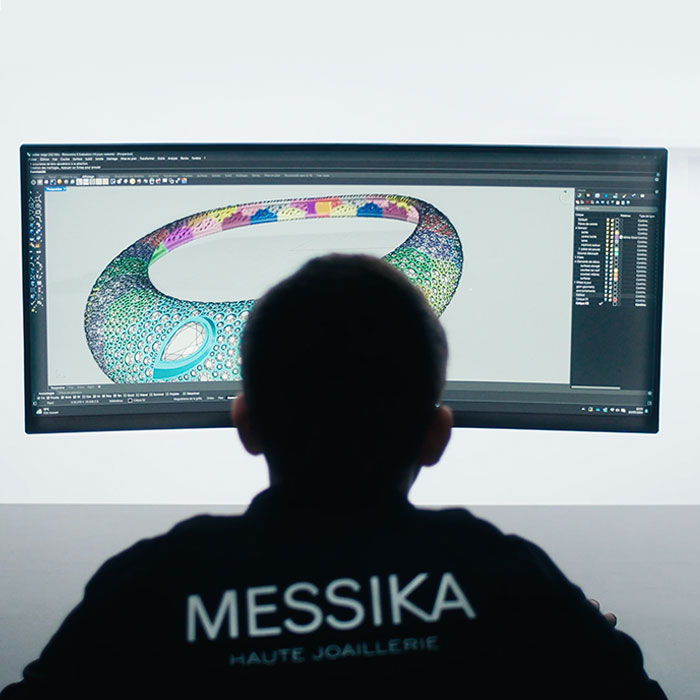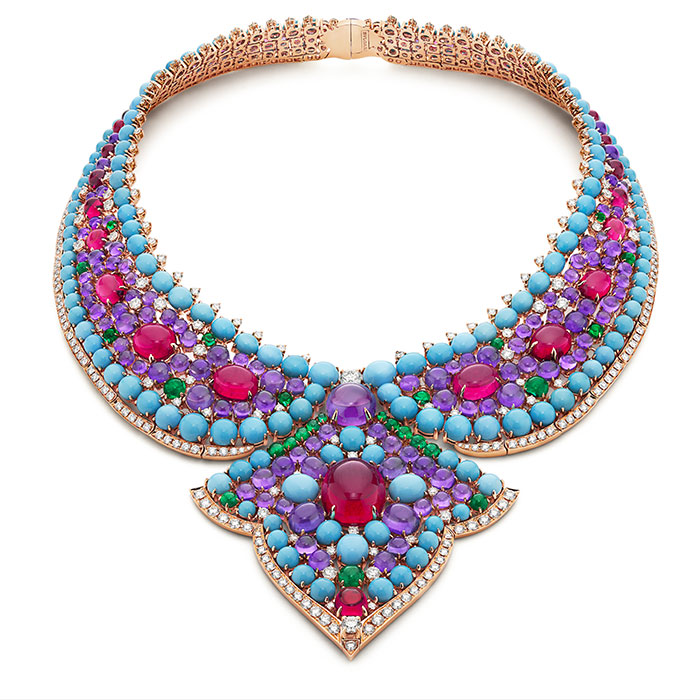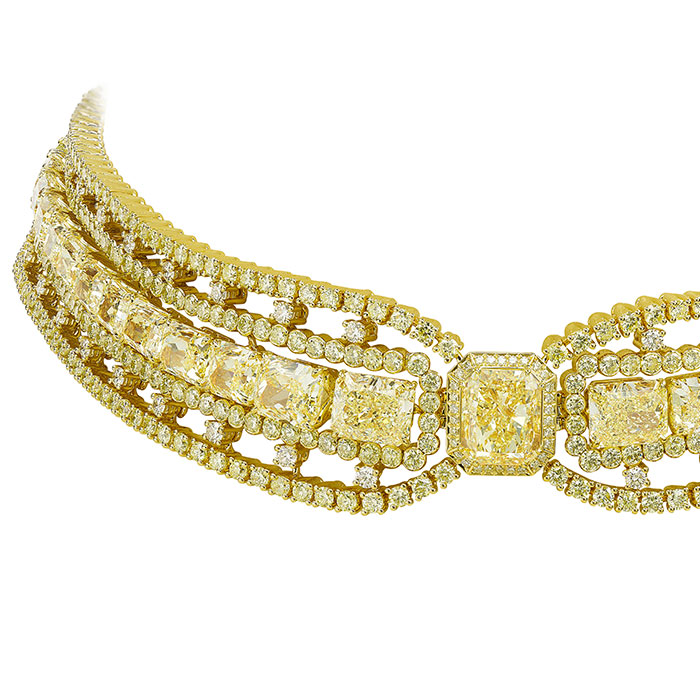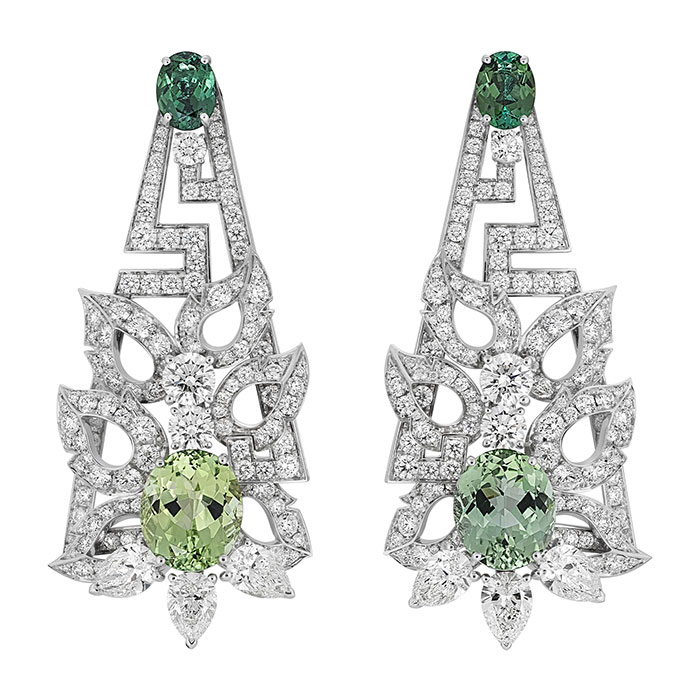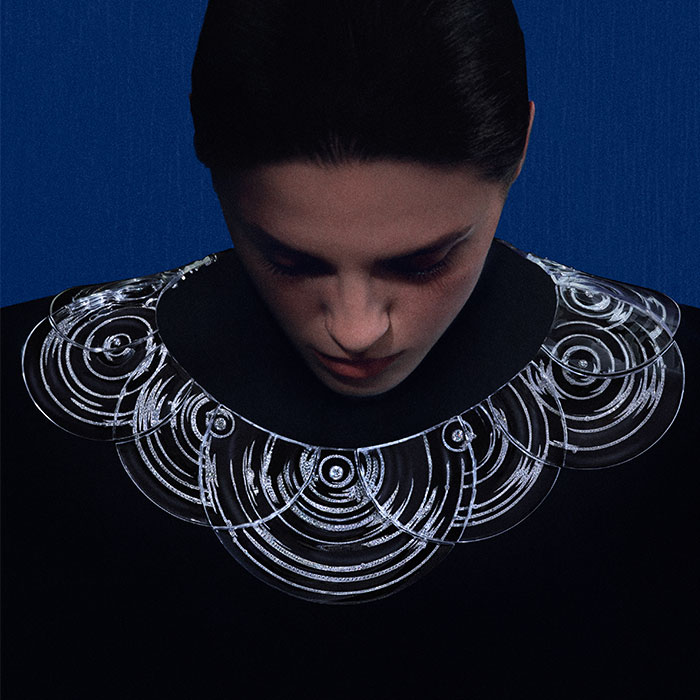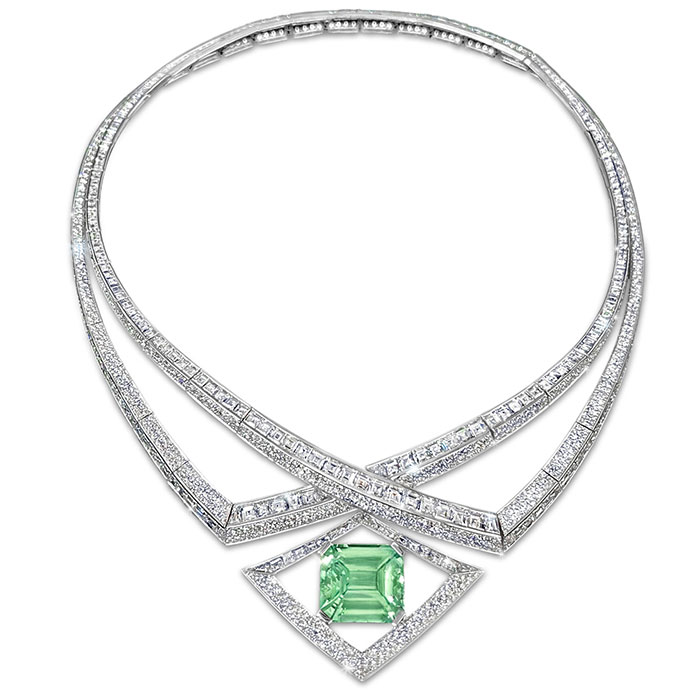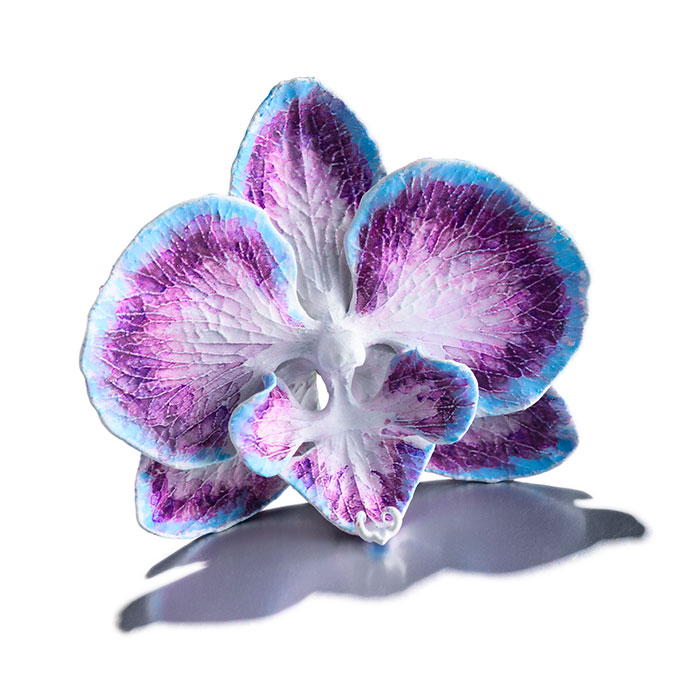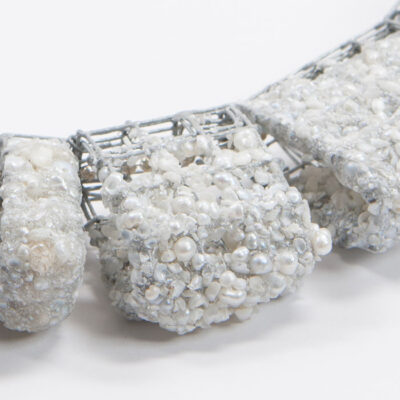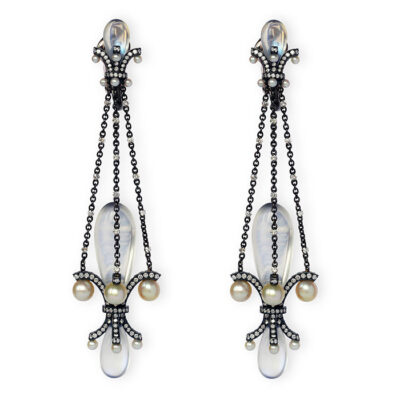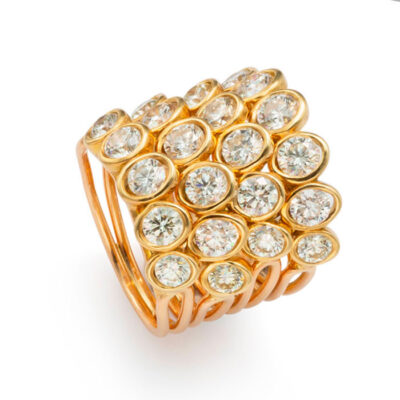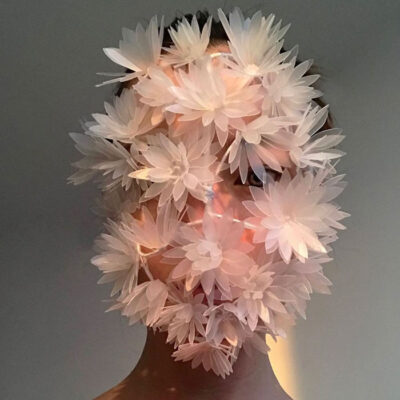Style
14 July 2024
Share
Highlights of Haute Joaillerie – Paris, June 2024
The beauty of the designs, the excellence of the stones, the technical prowess… Every season, the new pieces of haute joaillerie on display are awe-inspiring. But one factor is overlooked: design and manufacturing.
By Sandrine Merle.
Chopard, Cartier, Pomellato, Messika, Tasaki… 95% of the new haute joaillerie pieces presented (according to a professional’s estimate), were designed using CAD (Computer-Aided Creation). A subject that is still taboo in this sector, associated with hand-crafted work by artisans heir to a long tradition and recognized the world over. Another reason for this taboo is that CAD was initially reserved for low-cost, mass-produced pieces from Asia. As a result, communication on CAD is rare, with only a few long-established houses such as Cartier and Boucheron, and the very young Messika (see the video), incorporating this type of image into their know-how. For the others, it is not necessarily hidden, but rather passed over in silence or euphemisized, as at Louis Vuitton, which distinguishes in its press kit between “hours of development and design” and “hours of work”.
Handicrafts under threat?
Often criticized or misjudged, we don’t really know what CAD entails. “When it arrived, I realized that people like me who worked at the workbench would eventually be considered incompetent, and that they would be replaced by incompetent people who could handle computers,” explains a former craftsman turned CAD maestro. Computer experts from the aerospace and automotive industries have taken over the design and manufacturing process, taking over much of the workload from the craftsman who shapes the jewel from gold plates and wires, using saws and files. Using software, the computer specialist models the jewel in 3D: he obtains its structure with ribs, holes and claws for the stones. This file is finally printed in wax and then transposed into gold, a process known as casting. At this stage, we return to the traditional process: the craftsman with the blackened hands scrapes the cast iron to remove the strata left by the 3D printing, files the stones and polishes the gold.
An indispensable CAD tool
The emergence of CAD coincided, in the early 2000s, with the reawakening of jewelers bought up by international groups and the opening up of new markets (Russia, China). This was a godsend, because at that time, they had to produce more and faster, including high-end jewelry. To compete with their rivals, they entered a race for technical prowess, with increasingly sophisticated designs such as those presented this season: spiral, repetitive and cadenced volutes at Chaumet, rectilinear tangles at Louis Vuitton, shapes that reproduce the sensation of water at Boucheron, etc. Everything is extremely fluid, thanks to the use of advanced nano technology. Please note: man would have been perfectly capable of making all these jewels, but in an infinitely longer timeframe and therefore at stratospheric and inconceivable prices, even for a piece of haute joaillerie. On the other hand, as one jeweler points out, “it’s quicker to make a braid with three gold wires by hand, as it doesn’t require any scraping or polishing, unlike the 3D-printed braid, which is always pricked and striated.
Does ultra-perfection still make sense?
CAD has led to a quest for perfection and precision comparable to that of watchmaking. We want 45° right angles to within a hundredth of a millimetre, something that the human hand will never be able to achieve with its saw. The jewels that leave the workshops are examined with a binocular x40, as opposed to x10 a few years ago. Projected onto a 1×2-meter screen, the nano-gap, which the eye will obviously not perceive, appears large enough to slide a finger through! No anomaly, however infinitesimal, should offend the eye. And there’s the rub: this demand, disconnected from reality, too often leads to the perfect symmetrical, the sanitized, the frozen. Enough of photoshopped faces and AI-created models. What’s beautiful on screen isn’t necessarily so in reality. “By dint of erasing the accident of materials, we have suppressed the sparkle of the unexpected in the object”, writes Alain Damasio of the Apple Store Silicon Valley (see Vallée du Silicium). We’ve left behind the world of charm, the very soul of the antique jewelry created by Froment-Meurice, Vever and others. Could this be the reason for the unspeakable boredom I feel, I confess, in front of these collections?
The challenge now is to find a balance, thanks to computer specialists who are capable of making a piece of jewelry by hand. They’re already out there; some houses are already employing them.
banner image = Messika necklace in gold and diamonds including the central one of 3,55 carats
Related article:


